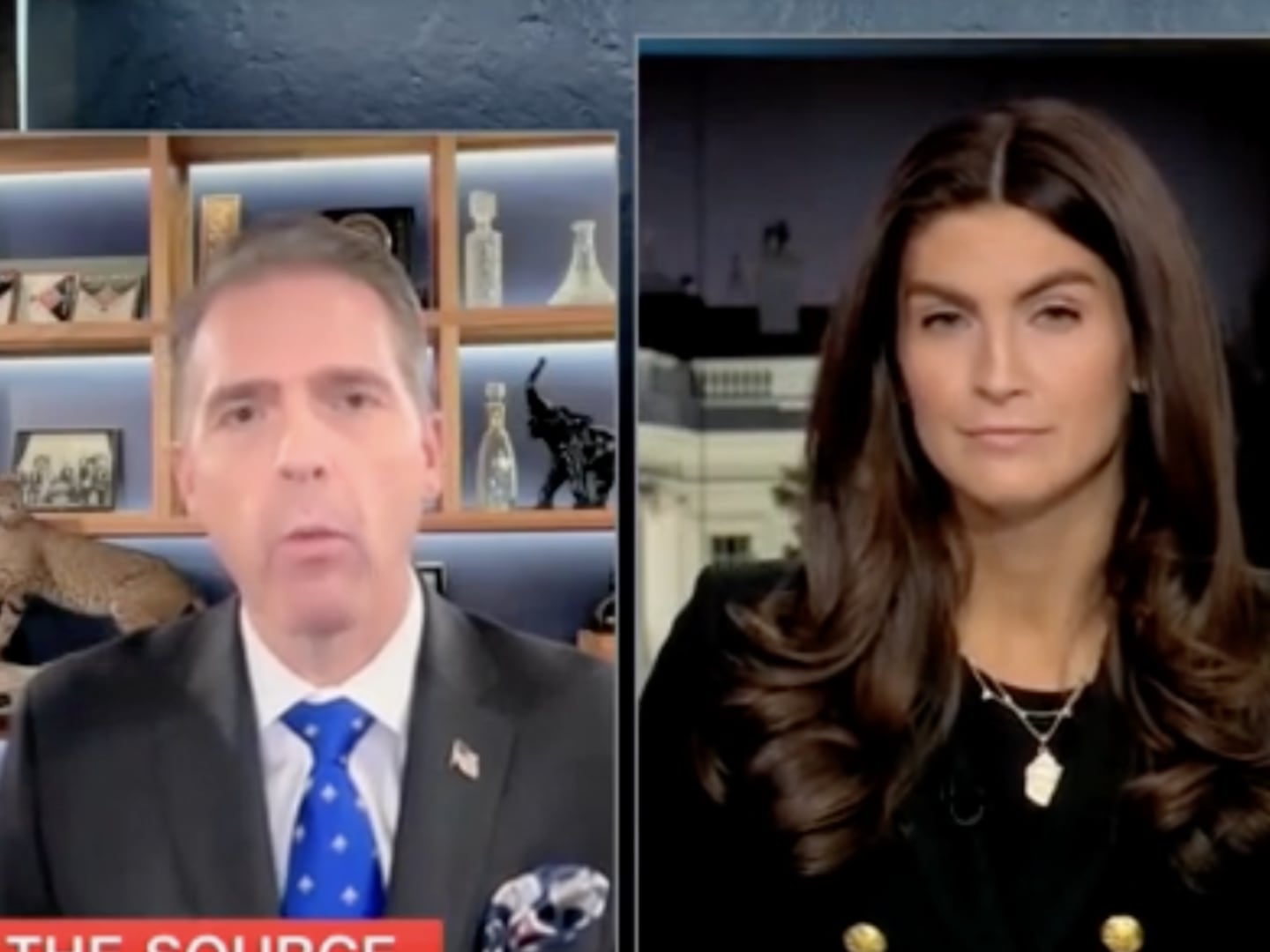I am supposed to call Peter Glenville a gay director who was also a conservative Republican and a tax dodger, but it’s more accurate to call him a prominent Cold War-era Hollywood and Broadway director—who also happened to be a closeted Catholic conservative tax dodger.
Welcome to the modern biographer’s dilemma. Today we often define people by asking: Who slept with whom? We’ve decided that sexuality defines us all. But every historian is a diplomat representing yesterday’s lost world to readers today. Good historians speak the language of today without letting the language from yesteryear get lost in translation.
Three movies dazzled the nominators for the 37th Academy Awards in 1965. Mary Poppins had 13 nominations. My Fair Lady and Becket each earned 12. On Oscar night, My Fair Lady won eight awards, Mary Poppins won five, and Becket only one, for best adapted screenplay. In a just world where artistry trumps shtick, Becket would have done better—and be remembered today.
Becket explores the bond that broke eight centuries ago between Thomas Becket, the archbishop of Canterbury, and his friend King Henry II, who appointed him—then had him killed. On screen, the movie crackled thanks to the chemistry between a post-Cleopatra (and post-Elizabeth Taylor-scandal) Richard Burton as Becket and a post-Lawrence of Arabia Peter O’Toole as the King. And underlying those boffo performances was a Glenivillian brilliance illuminating this conflict between two friends and two enterprises that defined Glenville’s life: the church and the crown.
Glenville explained that “a director should, like a conductor, be an interpreter of the particular world of each playwright with whom he works:” sometimes the staging must be “unobtrusive,” sometimes “broad and colorful.” Additionally, the audience defines the performance by the instruments—the actors—but without an iron-fisted visionary, chaos would erupt.
As the son of a famous Irish acting duo, Glenville wondered whether to be an actor—or, rather, not to be one. Born in 1913 in London, raised to be posh, Glenville studied with Jesuits in Stonyhurst College, then attended Oxford, where he succumbed to his true love, the theater.
The fit was not only because of his pedigree but his stunning good looks. He was one of those beautiful men who surrounds himself with beautiful men. In 1958, when he was 45, The New York Times deemed him “easily the most handsome-looking director one is likely to encounter in Hollywood” (PDF).
A good-enough actor, Glenville braved the London Blitz in West End hits during the early 1940s. Greatness, however, beckoned as a theatrical mastermind. By 1949, he was pond-hopping to conquer Broadway and Hollywood. Over the next 20 years, bringing alive material written by Graham Greene, Tennessee Williams, and Terence Rattigan, he directed Henry Fonda, Laurence Olivier, Anthony Quinn, Jackie Gleason, Vivien Leigh, and a Broadway rookie, Tommy Lee Jones, in 1969. He finally moved to Manhattan in 1960, buying a sumptuous townhouse at 18 East 68th St.
Toggling back and forth between the stage and the studio, he balanced the “literature of ideas”—and of “images.” Words star in plays, he explained, “because physical action is limited by the size of the stage, and the separation between actors and the audience rules out subtleties of expression. In the theater, every word, every gesture must be projected, exaggerated.” In the movies, the visual dominates: “Images become more dramatic than words.” Movies could also reach psychological depth, using close-ups “to show inner thought processes.”
Glenville’s works dramatized his ideological conflicts. His movie The Prisoner in 1955, starring Alec Guinness as a Roman Catholic cardinal interrogated by an Eastern European secret policeman played by Jack Hawkins, anticipated Becket. Once again, two enchanting men delivered charged performances. And once again, Glenville choreographed a “deadly encounter between a man of God and a man of the State.”
To Glenville’s amusement, French radicals denounced the film as “anti-Communist,” while Irish clerics deemed it “anti-Catholic.” A radical individualist, Glenville emphasized the human story of “prize fighters in the realm of the spirit.” This “duel” consumed two “men of integrity and stature, who fight to the death for what they consider to be right,” he explained in a powerful New York Times essay. Although the interrogator wins, the broken priest’s spirit has been “fortified.” Glenville’s lesson: “persecution” destroys “the persecutor” more than “the victim.” Who then, he asked, “in fact is the prisoner.”
Glenville’s struggle with his devout Catholicism was more personal. Shortly after World War II, he met his life partner, the theatrical producer Hardy William “Bill” Smith. They were, as it used to be said, “confirmed bachelors.” They hobnobbed with gay actors. Glenville’s greatest works bristled with homoerotic energy. Yet Glenville kept his private life, private. Friends said he abhorred flamboyance and was as “strict as the Bishop of Boston.” Some wondered whether Glenville’s “totally harmonious” relationship with Smith was celibate. Others speculated that the confessional booth and the movie screen helped him cycle through “sin” and “salvation” regularly.
His struggle against Communism—in fact all totalitarianism—lacked any such ambivalence. In what ended being his last film The Comedians, Glenville mobilized an all-star cast in 1967 to expose “Papa Doc” Duvalier’s reign of terror in Haiti. Despite being based on a Graham Greene novel, despite the talents of Richard Burton, Elizabeth Taylor, Alec Guinness, James Earl Jones, Cicely Tsyon, Lillian Gish, and Peter Ustinov, the film sputtered. Hinting at today’s politically correct relativism and identity politics, some liberals even criticized this brave stance against dictatorship for criticizing a black leader—and sensed Glenville cared more about knocking down Black Panthers at home, than Duvalier thugs abroad (PDF).
Glenville stopped at 60 because of the ’60s. Angry politics on the streets, explicit sex on screens, and Method acting on stage demoralized him. “I’m tired of beating my head against a stone wall,” he said as his productions failed.
He became one of those men about town, squiring the society columnist Suzy Knickerbocker to a dinner at the Ford White House here, attending a close friend’s Broadway premier there. Leaving New York just frequently enough, he hoped, to avoid paying taxes as a resident, and grumbling about the hard turn left in politics and art, he lived grandly until 1996.
One of “the most sought-after stage directors in America,” became “the forgotten giant of mid-20th-century directing.” That judges him from the outside in.
From the inside out, Glenville seemed serene. British Jesuits revere Robert Southwell, their martyred 16th-century “prisoner-poet of comfort and strength.” After Glenville fought with such “strength” to advance his artistic vision, contain his personal struggles, and confront some of his era’s greatest threats, how lucky he was, finally, to enjoy two decades of “comfort.”
FOR FURTHER READING
Carol King, Glenville: The Elusive Director Who Charmed Hollywood and Triumphed on Broadway, 2012.
Thomas S. Hischak, Enter the Playmakers: Directors and Choreographers on the New York Stage, 2006.
Glenville: An Inventory of His Papers at the Harry Ransom Center.






